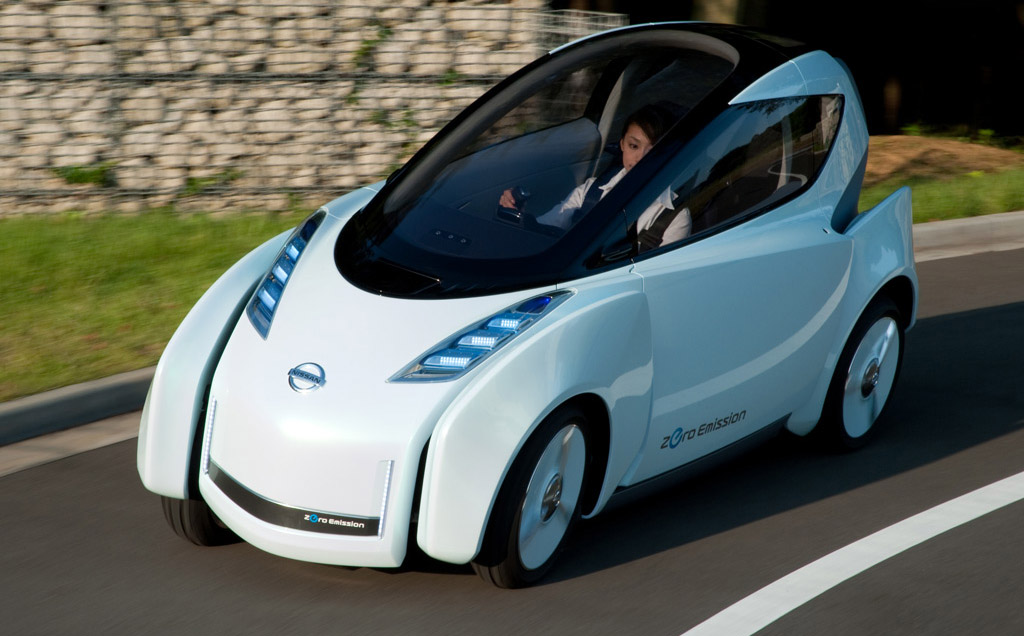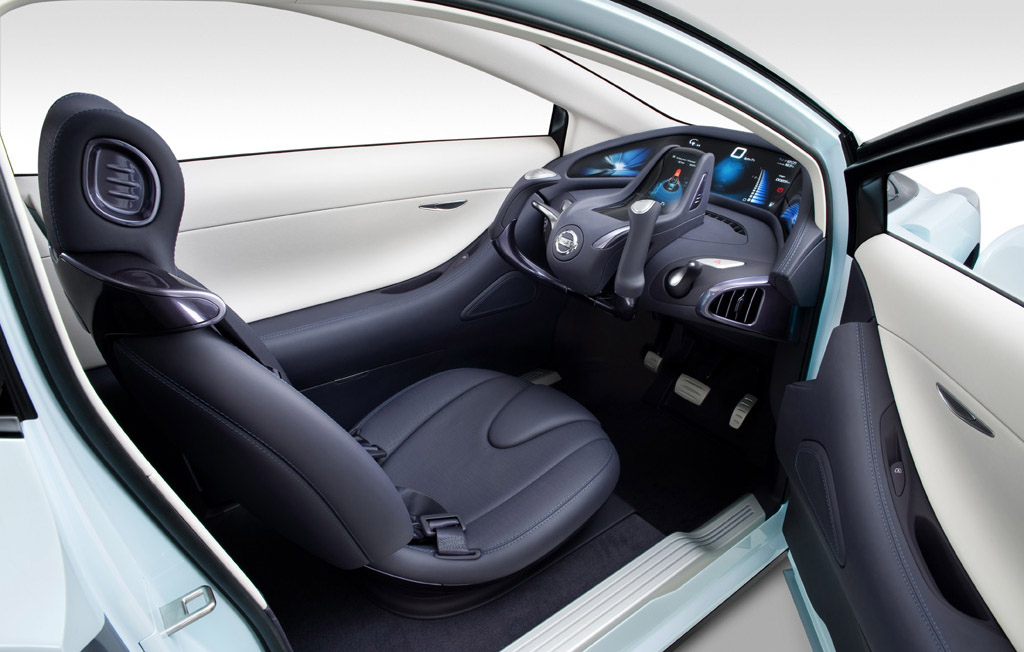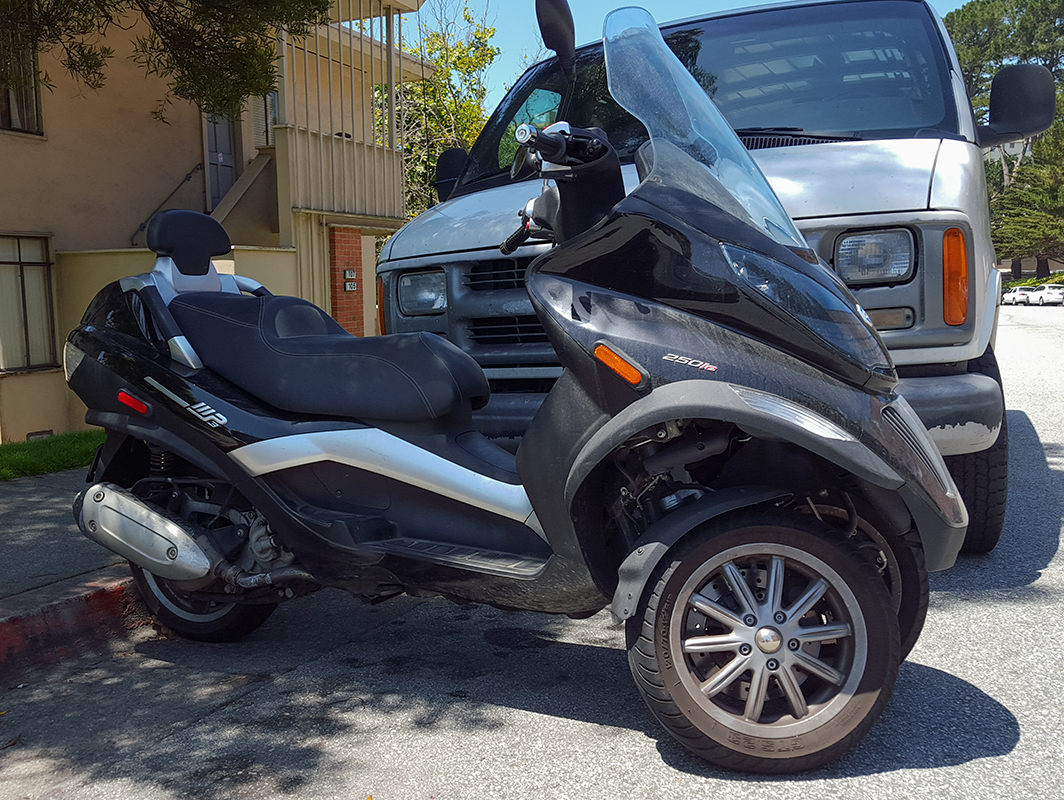Years ago, at an early Maker Faire in San Mateo, I was lucky enough to see and touch an early test mule and prototype for what is now the Lit Motors C1 vehicle. It was so cool. It had gyros and batteries and computers and sensors. It balanced on it’s own and corrected itself when you pushed on it. It was like a super Segway. After some time, I came to understand the vehicle and appreciate it for what it is, a really really dangerous thing to get into and an example of really really bad engineering.

Safety:
I commute to work in a variety of ways; bicycle, motorcycle, scooter, car, bus, ferry, train, and even on a skateboard. Each mode provides me with an appreciation of the possibilities and limitations in each. Each gives something to me but not everything; speed, thrill, convenience, shelter. I love them all for what they provide and each has a drawback.
The absolute most dangerous thing I do is pilot my scooter up the Waldo Grade after work after traveling over the Golden Gate Bridge. The afternoon winds are utterly insane and they are there almost every day. They are hard winds that change direction or stop every fifty feet or so. A passing car or bus will block the wind that you are leaning into hard to track smooth causing you to plummet inward.. This, all while laying over in a giant sweeping corner. Constant correction and adjustment is needed with only a few feet to spare between you and a car or barrier. I’m terrified each time I go into this section. Over the years I can count quite a few times I was lucky to ride away.
Travelling this section of road is very different on a motorcycle. The motorcycle is heavier, more powerful, and seems to have less side sectional area. It also has more of a gyroscopic stability that the big engine and wheels provide. It’s definitely a scary challenge but not as much as the scooter.
I dare Lit to show their C1 rise to this challenge that every North Bay commuter must rise to. Run this road! I’m certain that the result will be a corpse. The C1 is a giant sail waiting to catch these winds. Fancy computers do amazing things. They can fly fighter jets that people aren’t capable of but I don’t bet it can handle this task. Sorry, the aviation industry works at a different economic level than urban ground vehicles.
Bad Engineering:
Good engineering rely’s on several key concepts:
- Simple design
- Few parts
- Cheap materials
- Loose tolerances
- Withstands abuse
- Easy to use
- Easy to repair
- Inexpensive production
Bad Engineering is easy to spot:
- Complex design
- Many parts
- Expensive materials
- Lot’s of tight tolerances
- Intolerant to abuse
- Delicate structure
- Difficult to use
- Difficult to repair
- Expensive production
There are times when some bad engineering will creep into a good product that somehow can’t be avoided or will serve the product better overall. Sometimes a very expensive production technique will be used that is made up for by the volume of parts made, reducing the unit cost. Sometimes components will be cheaply replaceable rather than repairable so that the overall product is more durable or foolproof. Thus it’s important to understand the overall picture before ruling out one single detail as bad engineering.
Let’s say that the engineering goal of the Lit C1 was to create: a narrow gauge vehicle that can navigate and park easily in congested urban environments while providing protection from the elements, room for groceries while not relying on the user to balance the vehicle or put their foot to the ground. That seems pretty fair.
The problem with the C1 is that the fundamental concept of execution is flawed. They relied on giros, computers, and lots of energy to ‘solve’ a simple problem. Piaggio solved the problem that Lit is looking to solve years ago and it’s been in production for some time. The Piaggio MP3. The MP3 could easily be configured as the C1, cost one-third as much and consume far less resources. This is excellent engineering.

Here’s proof of the great engineering of the MP3; parked, power off, no stand…upright.
It is almost impossible to defend the C1 in the face of the MP3. Impressing yourself with expensive and complex solutions doesn’t extend outside of praise from your parents. We need good solutions. It took me time to understand and appreciate the MP3 for what it is. It took me very little time to discount the C1 for what it is.
After years of development and hype, the C1 as failed to be brought to market and will almost surely fail NHTSA testing requirements. It seems unlikely that this will happen.
Nissan is developing a vehicle called the Land Glider. It’s a remarkable thing to compare. Notice that this vehicle, again, uses geometric forces to stay upright rather than produced forces. Simple enough and solves the problem.


Even Honda has the Honda 3R-C Concept. Another take on this theme that doesn’t rely on gyros to simply stand.

